Affiliate links on Android Authority may earn us a commission. Learn more.
Using the first Android smartphone I owned in 2017
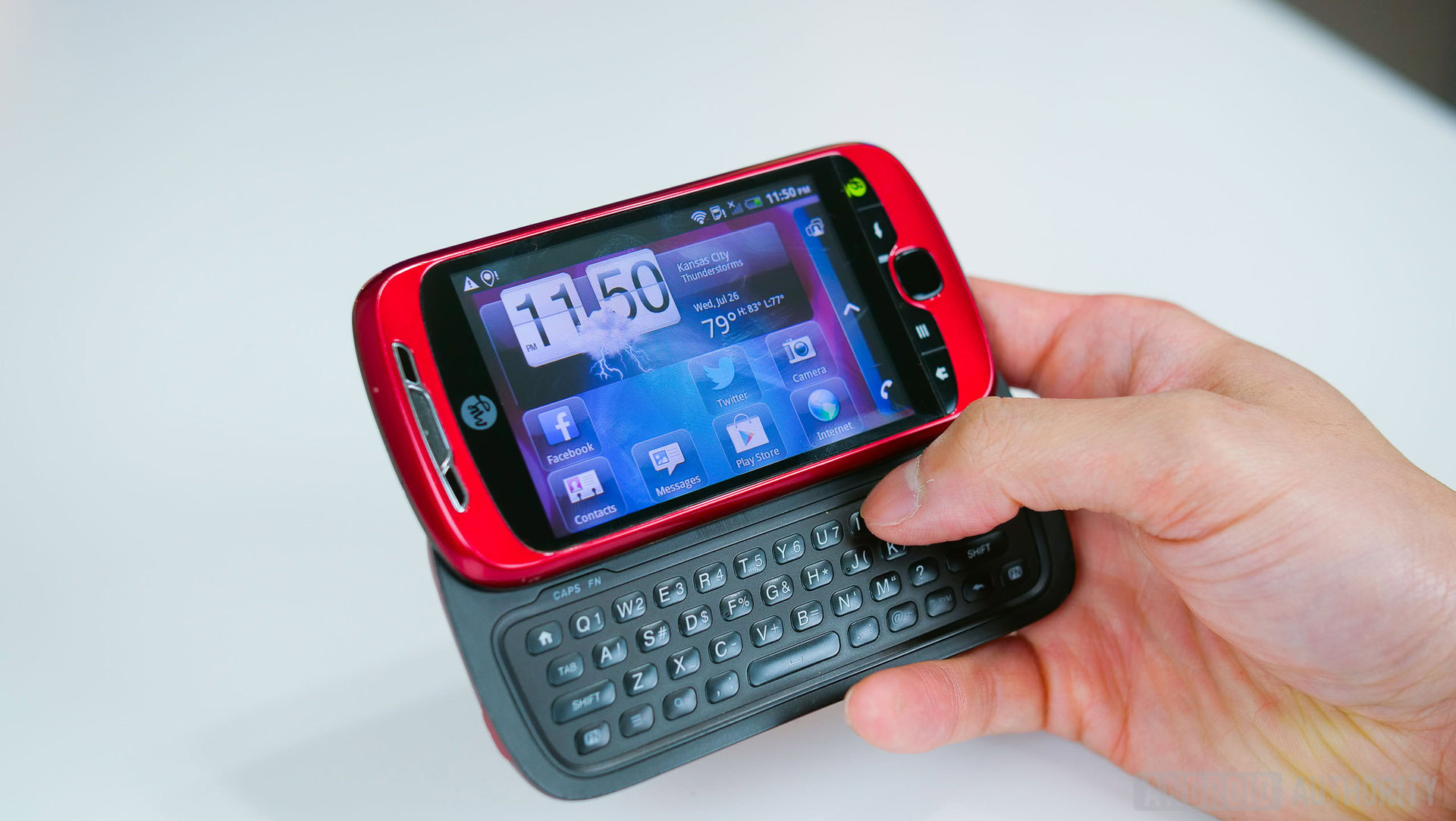
Advances in the smartphone space have occurred at an almost exponential rate, but with seemingly small changes happening every six months to a year, it might be hard for some of us to appreciate how far we’ve actually come in a short amount of time. To truly highlight this, I thought it would be cool to revisit the very first Android smartphone that I ever owned, and see if it was still usable in 2017.
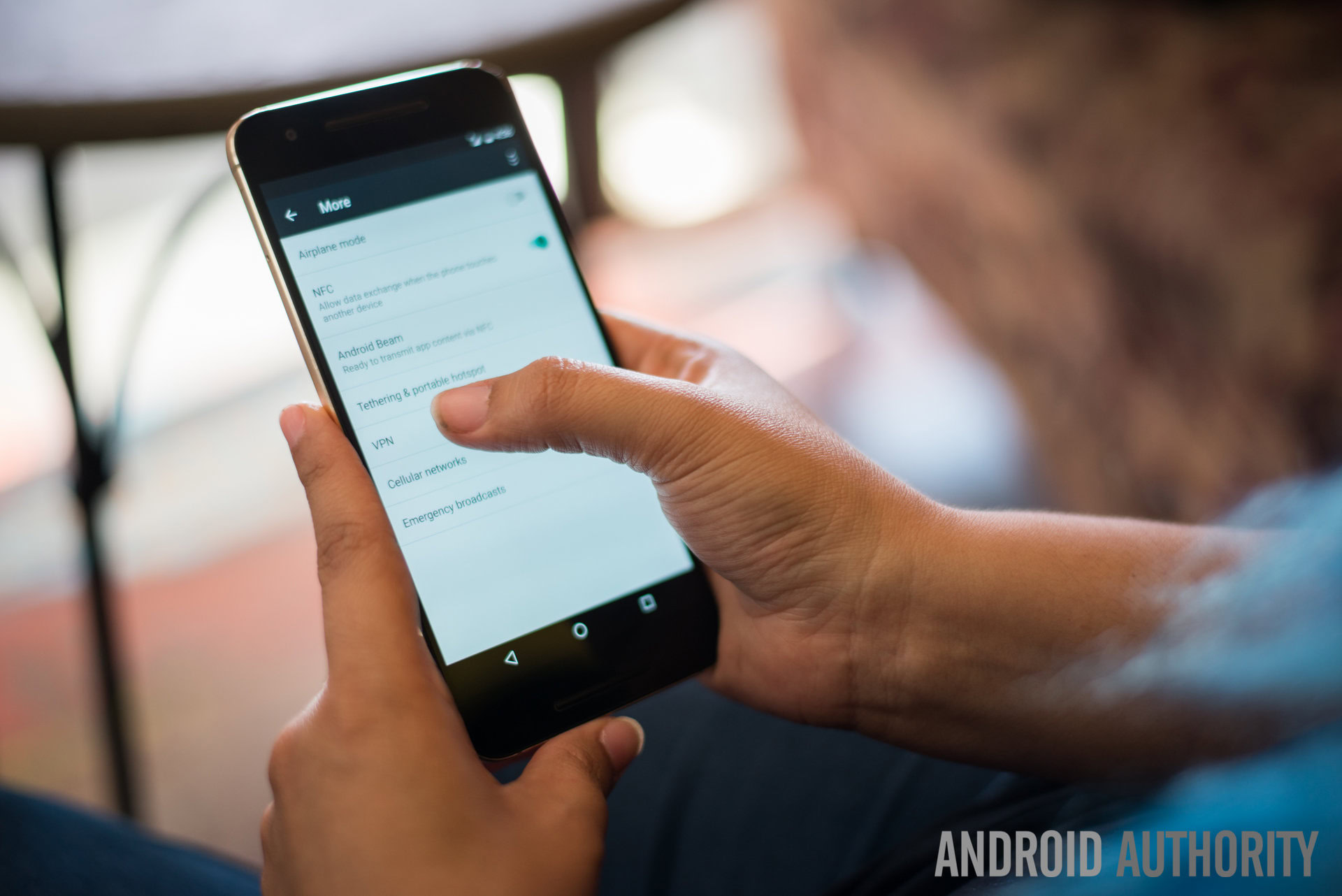
The very first Android phone, and also the first smartphone, that I ever owned was the MyTouch 3G Slide. The MyTouch series was a T-Mobile exclusive, and giving this device its name was a full, physical QWERTY keyboard that would slide out. You’d be hard pressed to find this with any current generation device, but this was actually a pretty common form factor back in 2010 when this phone was first available.
I used the MyTouch 3G slide for several days as my daily driver (struggling to make a full week), and while I admit that there was some nostalgia associated with using my first ever Android smartphone again, those feelings quickly wore off after using it for just a few hours.
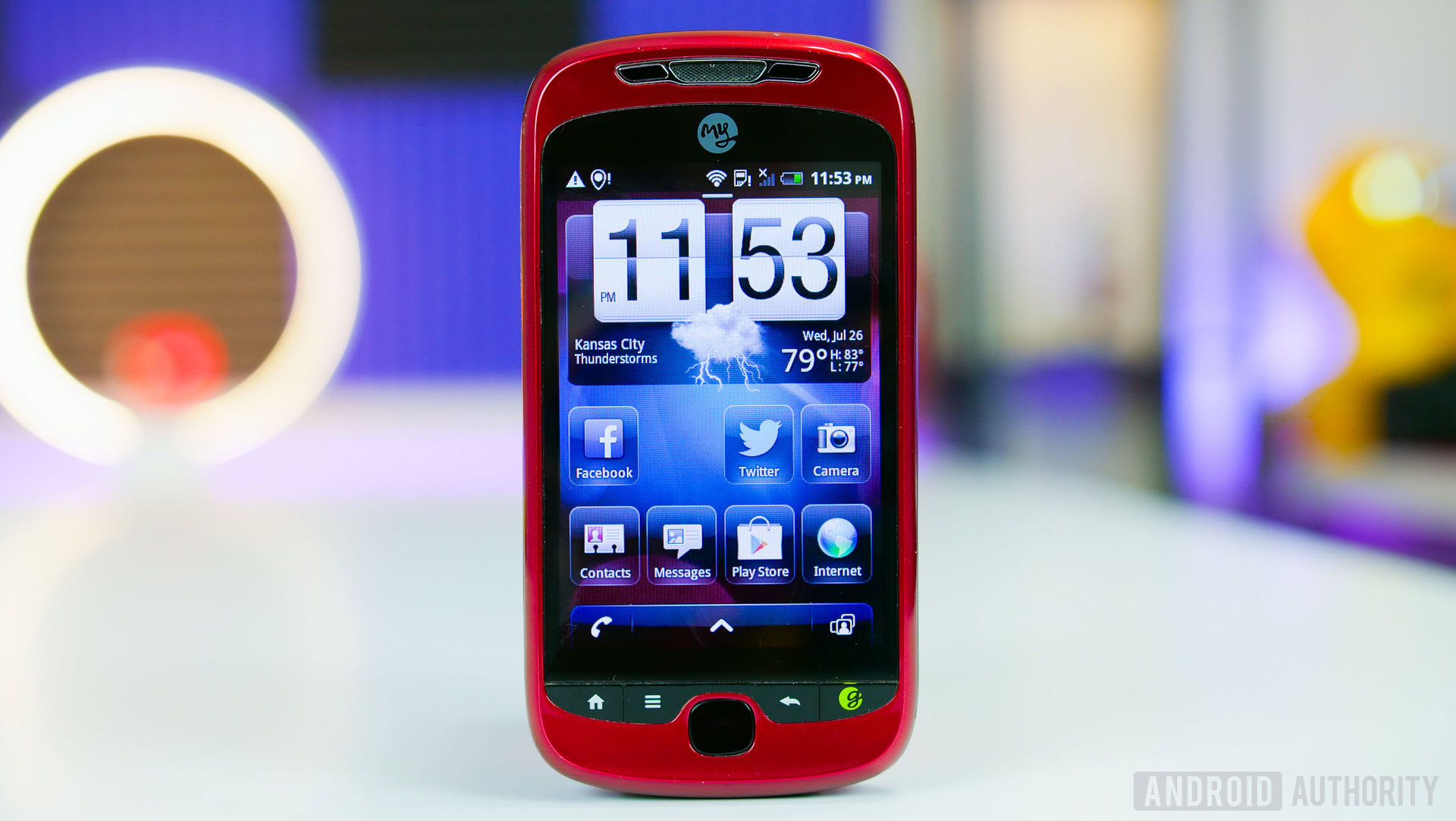
The first thing I had to do to get started was to pop in a SIM card, but even that simple task proved to be a slight hurdle, because while most, if not all, smartphones use nano SIM cards nowadays, a full sized SIM was required back in 2010. I had to first plug my nano SIM into a micro SIM adapter, and then plug that into a full sized SIM adapter just to be able to use it with this phone.
Everything was good to go after that, but for some reason, I was unable to get anything faster than Edge data speeds, even thought this is a 3G-capable smartphone. Of course, that doesn’t really matter in 2017 where even 3G is comparatively slow, but this phone was released back when 4G was still in its nascent stages and T-Mobile themselves adopted the technology pretty late in the game.
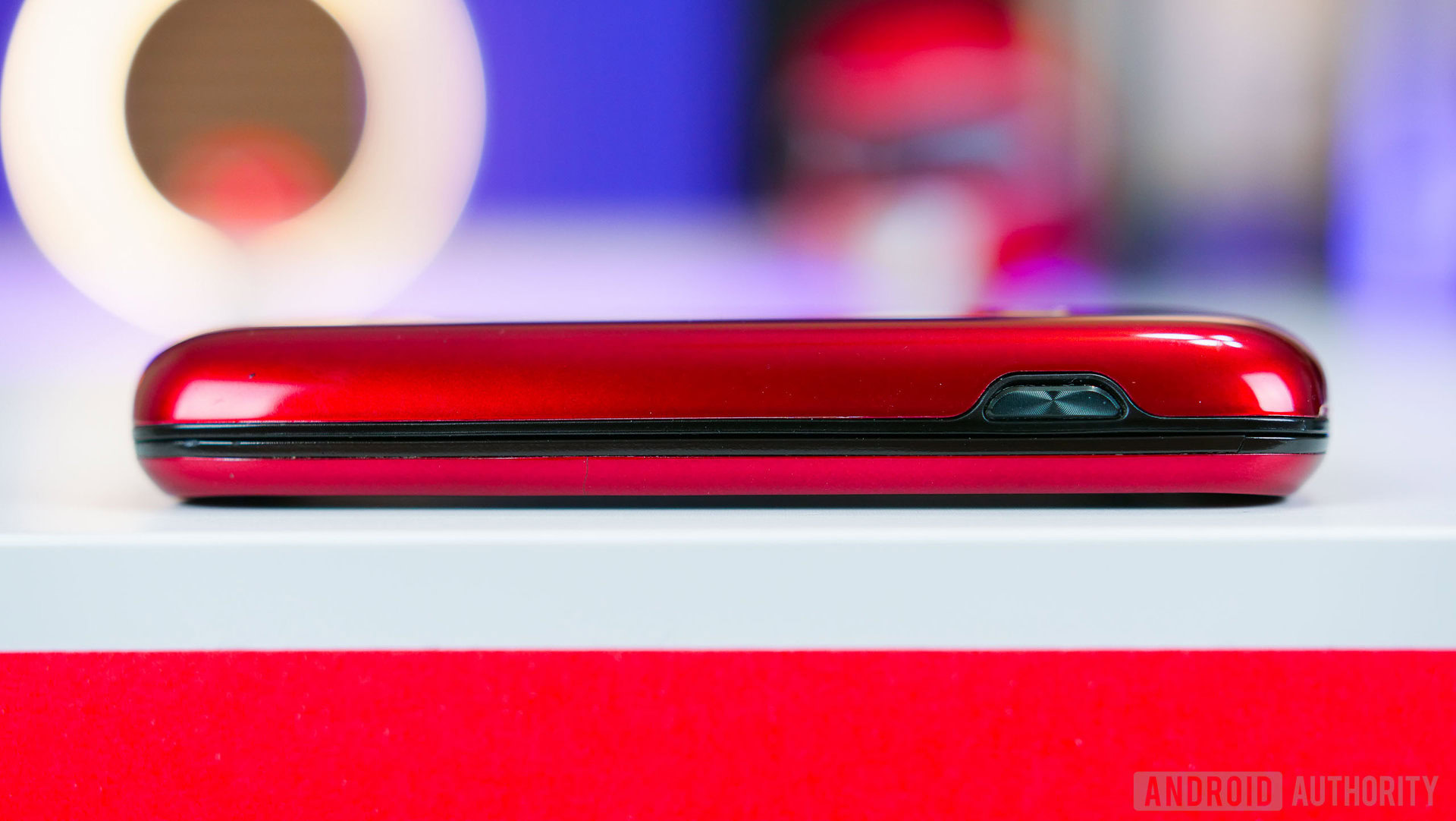
As mentioned, going back to an Android phone that is seven years old really makes you appreciate how far our devices have come, and unsurprisingly, this phone shows its age in pretty much every aspect of the smartphone experience.
As far as the design of the phone is concerned, it is really thick and chunky because of the keyboard, but the overall footprint of the 3G Slide is actually really small. You can comfortably reach every inch of the screen with just your thumb and the entire phone practically fits in the palm of your hand, which is not something you can say about most Android phones anymore.

Back when I originally owned the phone, I thoroughly enjoyed using the keyboard, and while I prefer on-screen keyboards now, it didn’t take me too long to re-adjust to physical keys once again. It wasn’t the most spacious keyboard but it was fairly easy to use. The keys are nicely spaced out, there’s a good amount of travel to them, and it is also back-lit, which made it easy to use in the dark. The phone is made entirely of plastic, which was perfectly standard back in 2010, but it does now feel rather cheap in the hand when compared to the current crop of metal or glass phones.
There’s no point talking about the specifications as it’s all very outdated, but if you must know, it had a blazing fast 600 MHz processor, half a gigabyte of RAM, and a whopping 512 MB of internal storage. There is a microSD card slot available though, with support of up to an additional 16 GB of storage. With only half a GB of storage, I was only able to install a few apps and one game before receiving the low memory warning, so having a microSD card was basically a must on this phone for it to be even remotely usable.
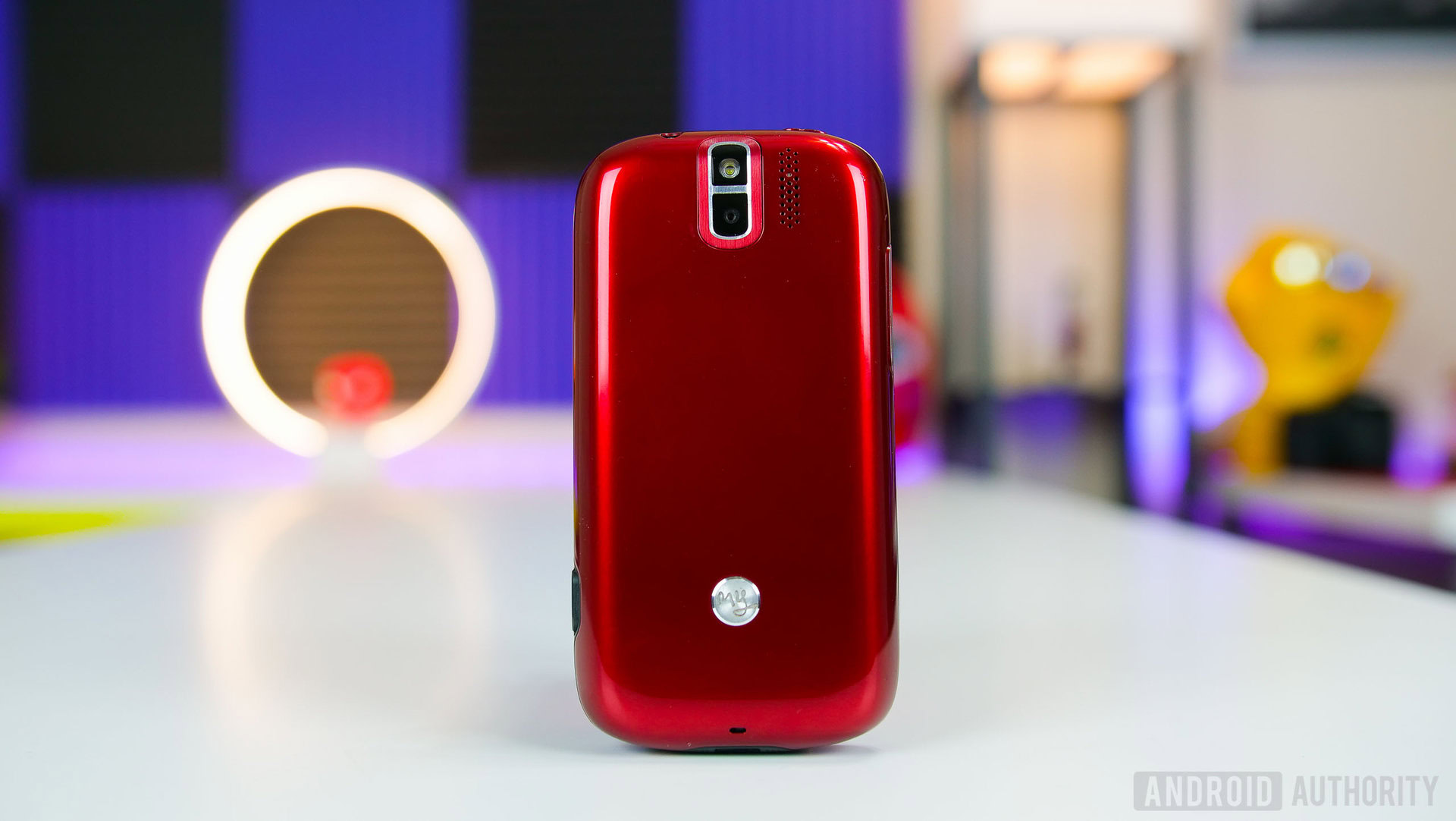
The 3G Slide was actually considered a mid-range smartphone back in 2010, because flagship devices typically featured a 1 GHz processor. Of course, even that sounds pretty laughable by today’s standards, given that our smartwatches are technically more powerful than a mid-range or flagship phone from seven years ago.
Not surprisingly, the performance is extremely laggy, frames are dropped constantly, apps are slow to load, and you can forget about trying to play any sort of game on this phone, with everything way too choppy to be playable. Another part of the phone that has not aged well is the screen. It has a 3.4-inch display that is extremely low resolution, so it is pretty easy to see pixels, and there is also a very noticeable air gap between the glass and the actual display itself.
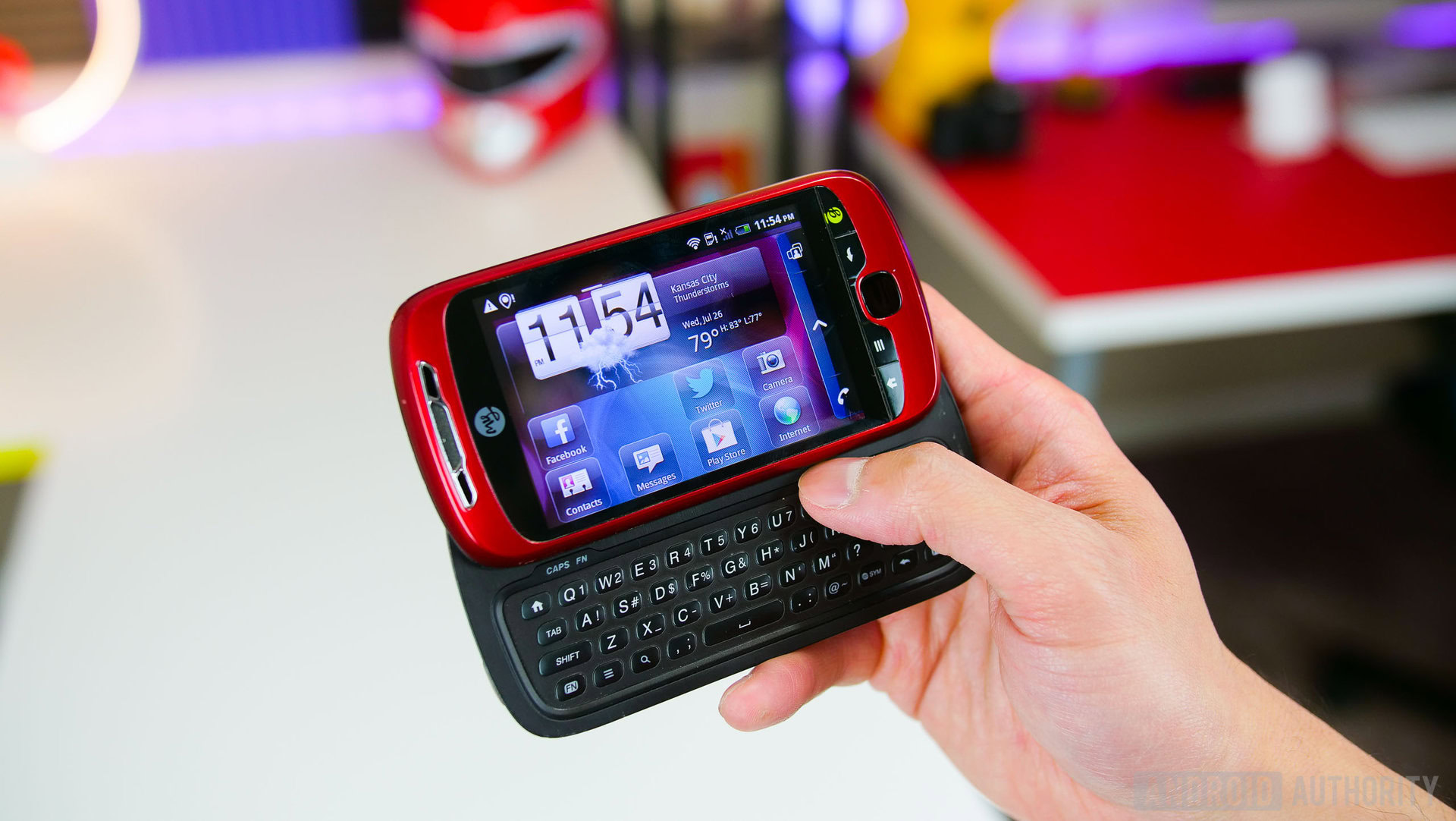
The phone is running the very old Android 2.2 Froyo with 2010’s version of HTCSense on top, which was slightly modified for the MyTouch line, but provided mostly the same experience that you got on other HTC phones of the time like the Evo 4G or Thunderbolt. Before I could even download an app, I had to manually update the Android Market to the Google Play Store, but doing this was almost not worth the effort to be honest, because not only is the app selection extremely limited, but the versions of the apps you can even download are very old.
Back then, Android phones had four navigation buttons instead of the three that we are used to now, which were the Home, Menu, Back, and Search keys. For the MyTouch line however, the Search key was replaced with what was called the Genius button. This button would let you make a call, send a text, perform a search, or launch an app with just your voice, so this could be considered an AI Assistant of sorts long before they were ever a thing on smartphones, even if it is obviously nowhere near as advanced as what we have today.

This phone also pre-dated the selfie era, so there was no front-facing camera and if you wanted to take a selfie, you had to do it the old school way and flip the phone around to use the 5 MP rear shooter. Compared to current phones, the camera of the 3G Slide obviously doesn’t hold up. At all. It’s slow and clunky and the quality is quite bad. It does come with a physical shutter button though, which is something else that we don’t see a lot of anymore.
A few other things that have gone by the wayside or are seemingly headed that way are the headphone jack, a removable battery, and a trackpad. Also, considering how old this phone is, it’s not surprising that you don’t get a lot of features that we are now starting to take for granted like a fingerprint scanner, wireless charging, fast charging, or dust and water resistance.
The big question to be answered by this admittedly silly endeavor was “Is this phone usable in 2017?” and technically, the answer is yes. However, because it is so outdated, it was incredibly difficult to use as a daily driver. I had to still carry another phone around simply because this one couldn’t do everything that I needed it to do. The sluggish performance and lack of functionality is something I can deal with, but what it really came down to was app selection.
Most of the apps I use and depend on, like Slack for communicating with my colleagues, LIFX and Philips Hue for controlling my smart lights, and many other apps and games that I use on a daily basis just aren’t compatible with the 3G Slide. It is basically akin to using a flip phone as a daily driver. You can certainly get by with it, but with my life revolving around staying connected and relying on my phone to get work done, the 3G Slide is just no longer a viable solution.
What was the first Android smartphone that you ever used, and is it still a phone that you think you could use in 2017? Do share your thoughts in the comments section below!